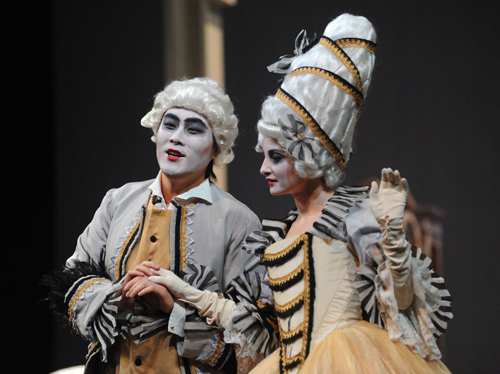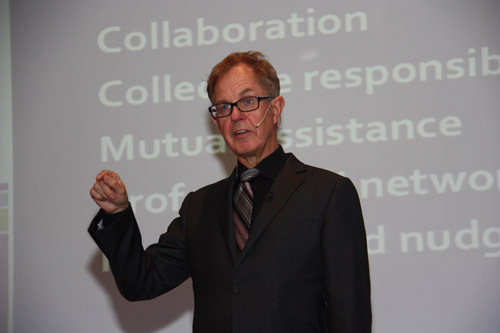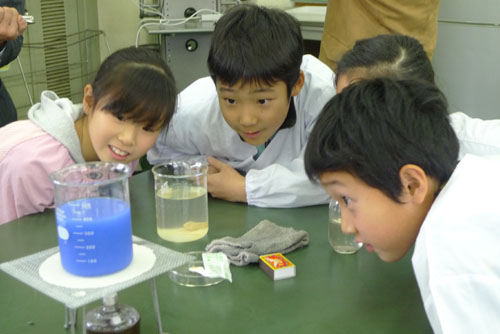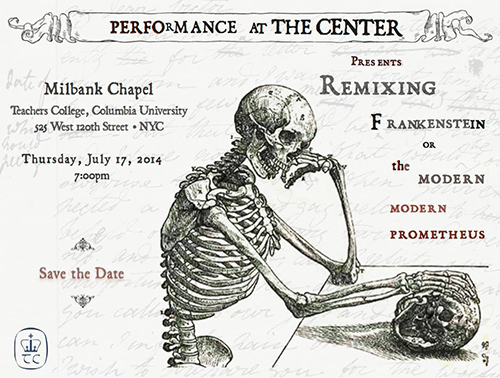I am a Citizen Artist. Are you?
Growing up to be an aspiring artist, a passion nurtured by both my parents, had its pros and cons but thankfully, mainly the former. That infamous, awful cliché, “Surely you don’t want to be a poor starving artist?” expressed by so many uninformed (or as my mother would say uneducated) folks along the journey has taken me from the depths of inward despair to the heights of good fortune and allowed me to accomplish many of my goals, including a meaningful and contributive existence in the world in which I live. Redemption is sweet.
Some personal observations from my past: a passion for music led to my love of mathematics, a passion for choreography helped me become an A student in history, a passion for photography enhanced my writing ability, and finally I credit a passion for the performing arts for much of my successes in my self-organized commercial and philanthropic pursuits.
Frames of Mind: The Theory of Multiple Intelligences saved my life in a way. It helped me to understand my ability to see the solutions to real life issues while some of my peers were still struggling to understand the problems. Critical thinking skills, a life-long motivation to learn, the willingness to learn from mistakes, a focus on creating versus consuming and social and collaborative skills were at the top of my wish list for my own children. I believed a well-rounded inter-disciplinary arts education was compulsory. Oh yes, even when it meant disrupting the most traditional and acclaimed education methods on offer. This view combined with my instinctive curiosity (positively fostered by my own arts education) led me to ask this question: Is the world’s approach to education antiquated? I learned what I already knew in my heart and my mind. We live in the Age of Innovation. Today’s world rewards the most innovative young people. World leaders, business executives, educators, and policy makers are signing up the next generation of self-driven innovators.
Hence how important is art to 21st century life? How important is oxygen to 21st century life?
Look at it this way. With the advent of Google, knowledge is as free as the air we breathe. Additionally, the speed at which knowledge is changing has dramatically increased. In order to have a competitive advantage today, you need more. If I look at a room of talented graduates who all have the same test scores, the same level of academic education and the same community service projects, I am going to pick the person whom I believe can contribute something unique to my organization. And that is where I believe an inter-disciplinary arts education gives candidates a competitive advantage. Ask anyone who’s developed a book, a film, a dance, a musical composition, or all of those, and you will understand the additional intelligences and contributions they can bring to the table.
A May 2005 Harris Poll on the attitudes of Americans toward arts education, commissioned by Americans for the Arts, revealed strong public support. Among the findings, 93% agreed the arts are vital to providing a well-rounded education for children, 86% agreed an arts education encourages and assists in the improvement of a child’s attitudes towards school, 83% believed that arts education helps teach children to communicate effectively with adults and peers, and 79 % agreed that incorporating the arts into education is the first step in adding back what’s missing in public education today. Evidence based research continues to communicate the significant contribution the arts are making to help all students achieve success in school, work and life.
C. M. Rubin is the author of two widely read online series for which she received a 2011 Upton Sinclair award, “The Global Search for Education” and “How Will We Read?” She is also the author of three bestselling books, including The Real Alice in Wonderland.





Recent Comments